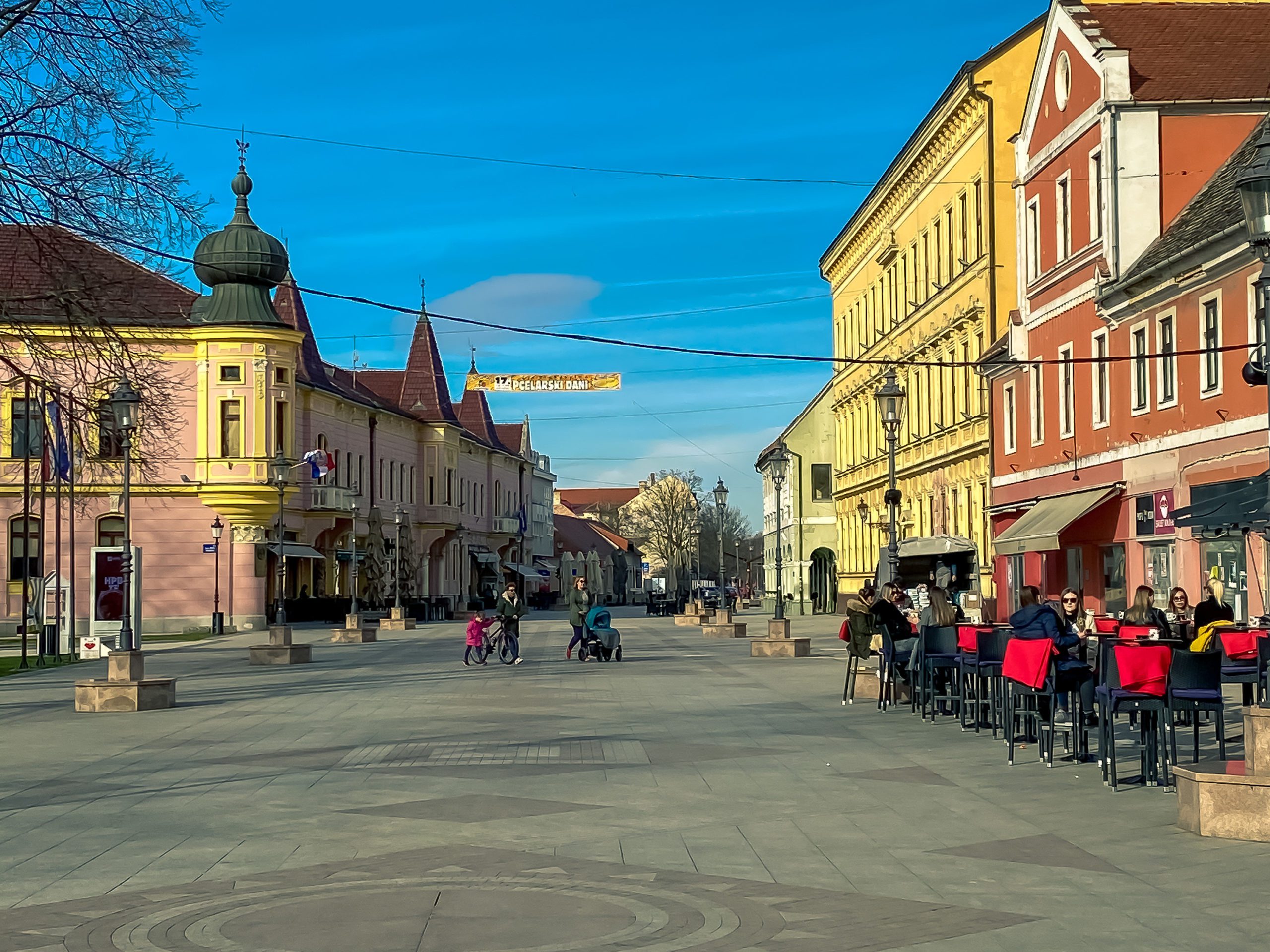Did you know that Vinkovci is the oldest town in Europe and the birthplace of Roman emperors? Vinkovci has been continuously inhabited from the Neolithic to the present day. That’s a total of more than 8 thousand years. Most of the prehistoric settlements are located on the left bank of the river Bosut. In ancient times, Colonia Aurelia Cibalae was the third-largest city in the province of Pannonia Secunda (today’s area of Slavonia, Srijem and Baranja).
Vinkovci is the oldest town in Europe
Vinkovci is the oldest European city and the oldest urban settlement. It is a place where people have lived continuously for more than 8300 years. Zagreb archaeologist, prof. dr. sc. Alexander Durman announced in 2012 that he would prove it. During the excavation of the foundations of the Hotel Slavonija, he found the findings of the Starčevo culture and dated them to 6300 BC using scientific methods. There are also older cities, but no one other than Vinkovci has had the continuity of living in the same area all those thousands of years.
The oldest kiln for firing ceramics in Europe was found near the site of the Sopot culture (5050 – 3950 BC). Also, the existence of the drum-salkuca-lasinja culture (3500 BC), and finally the Vučedol culture (3000 BC) and the Vinkovci culture (2300 BC) has been proven. This is followed by finds from the Late Bronze and Iron Ages. In Roman times, Vinkovci was called Colonia Aurelia Cibalae. Slavic cremation graves (7th century) were discovered at the same archeological site, followed by the findings of the later Bijelo Brdo culture on Meraja, where the early medieval settlement of Sveti Ilija was located.
Ancient silver
In 2012, during archeological excavations in the center of Vinkovci, a hoard of Roman silver vessels was found. According to experts, this is one of the most important finds in late antique archeology in the new millennium. More precisely, a hoard of late antique silver of this type was last found at least 50 years ago, when the famous Seus treasure was found. The hoard consists of 46 items, of which 45 are silver and one is an undecorated gem (an insert for a ring made of semi-precious Onyx stone).
Roman emperors Valentinian and Valens
Flavius Valentinian, known as Valentinian I (born 321, died November 17, 375), was a Western Roman emperor from 364 to 375. He was born in Cibalae, Lower Pannonia, and was the son of a successful military leader. He ruled the western part of the Empire and Illyricum, choosing Milan as its seat. He also appointed his brother Valens to be co-emperor. Valens was assigned to rule the Eastern part of the empire. He stopped several barbarian burglaries (in Gaul, Britain, and Africa). He died in Pannonia where he went to defend the frontier from the incursions of the Sarmatians and other barbarian tribes. In domestic politics, he tried to improve the economy and combat bribery.
MORE INFORMATION Wikipedia
His brother Flavius Valens, known as Valens, was born in 328 also in Cibalae. After the death of Valentinian I, he became his successor. He died August 9, 378, at the battles of Adrianople. Convinced of his numerical superiority even though the forces were equal, he decides to attack the Goths himself. He lost the battle as well as his life. After that, the barbarians were able to plunder the Balkans again.
MORE INFORMATION Wikipedia
Explore Slavonia, Baranja and Syrmia
No matter your destination, our travel guides are your key to the best attractions.
Also, read the best articles related to the entire area of eastern Croatia – Vinkovci is the oldest town in Europe and birthplace of Roman emperors!
- Tvrđa Osijek, the historic architecture with amazing Water Gate
- Birth house of Ivan Kozarac, a museum of the famous Croatian writer
- Classic red British telephone box has become a symbol of Vinkovci
- Vinkovci railway station, the busiest station in Ex-Yugoslavia
Recommended Experiences
I hope you got enough information by reading the article “Vinkovci is the oldest town in Europe and birthplace of Roman emperors″. Discover the most beautiful and interesting sights in Croatia. Find, compare, and book sightseeing tours, attractions, excursions, things to do, and fun activities.
Source:
http://glas-slavonije.hr/412084/7/Vinkovci-i-Vukovar-s-Vucedolom—najstarije-europsko-naselje-i-temelj-europske-civilizacije (16.08.2020.)
